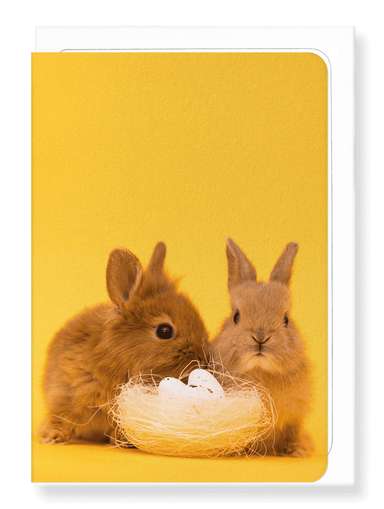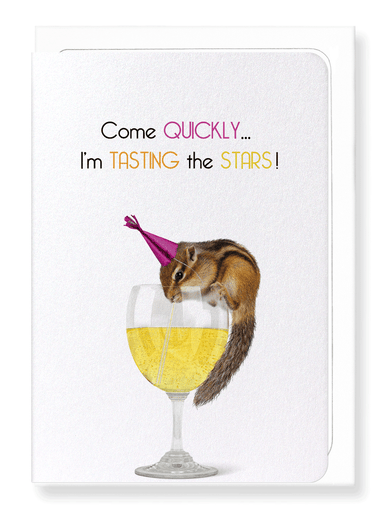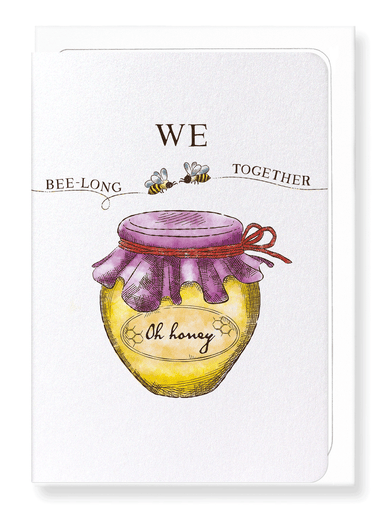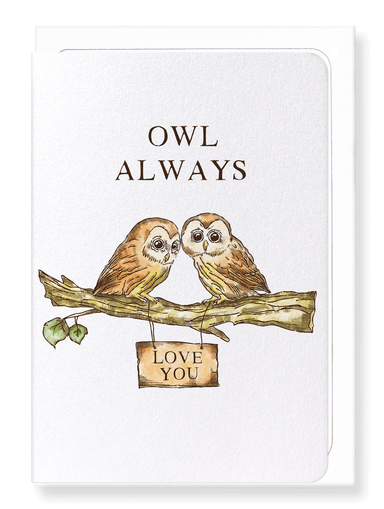Greeting card

SCAPEGOAT (1854)
Text on the reverse side:English painter, William Holman Hunt (1827-1910), wrote in the Royal Academy Exhibition catalogue that “the scene was pain...
View full details



































